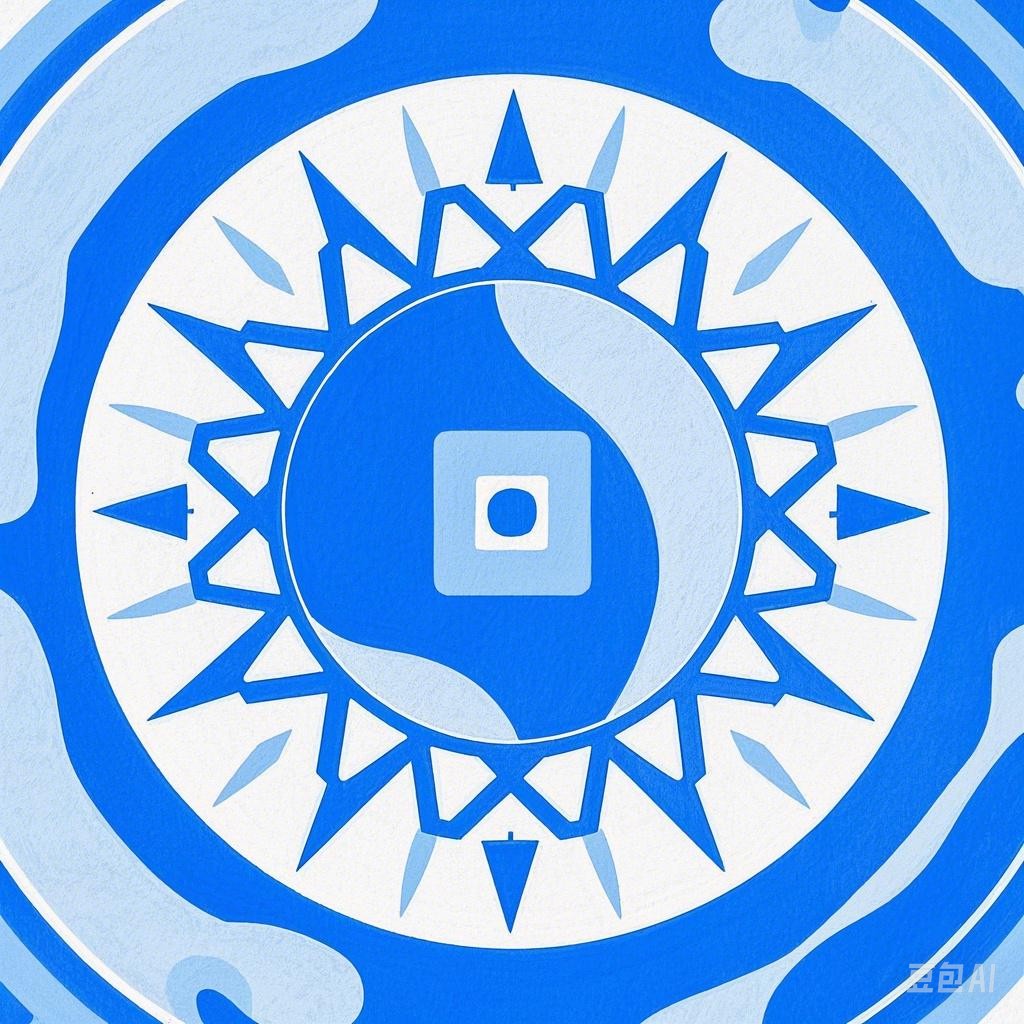Introduction
India, with its rich cultural heritage and diverse ethnic groups, boasts a myriad of festivals that reflect its vibrant traditions and beliefs. These festivals, often marked by colorful rituals, unique customs, and local fervor, offer a glimpse into the heart of Indian culture. In this article, we will explore some of the most colorful and unusual festivals celebrated across India, each with its own story and significance.
Holi: The Festival of Colors
Background
Holi, also known as the Festival of Colors, is one of the most popular festivals in India. It is celebrated primarily in North India and marks the arrival of spring and the victory of good over evil.
Rituals and Customs
- Holika Dahan: The festival begins with the burning of a bonfire, symbolizing the defeat of evil.
- Playing with Colors: Participants throw colored powders (gulal) and water at each other, signifying the victory of love over hatred.
- Festival Foods: Sweet treats like gujiya, ladoo, and thandai are prepared and shared.
Significance
Holi is not only a celebration of spring but also a time for reconciliation and the breaking of old grudges. It is a festival that brings people together, irrespective of their castes, religions, or backgrounds.
Ganesh Chaturthi: The Festival of Lord Ganesha
Background
Ganesh Chaturthi is a festival dedicated to Lord Ganesha, the elephant-headed god of wisdom, prosperity, and good luck. It is celebrated primarily in Maharashtra, but it has gained popularity across India.
Rituals and Customs
- Idol Installation: A clay idol of Lord Ganesha is installed in homes and temples.
- Puja: Devotees offer prayers, flowers, and sweets to the idol.
- Visarjan: After a 10-day celebration, the idol is immersed in a river or lake, symbolizing the departure of Lord Ganesha.
Significance
Ganesh Chaturthi is a time for family gatherings and community bonding. It is believed that Lord Ganesha removes all obstacles and brings prosperity to those who worship him.
Navratri: The Festival of Nine Nights
Background
Navratri is a nine-night festival dedicated to the worship of Goddess Durga, the mother goddess. It is celebrated across India with great enthusiasm.
Rituals and Customs
- Durga Puja: Idols of Goddess Durga are installed in homes and temples.
- Worship: Devotees offer prayers, flowers, and sweets to the goddess.
- Dandiya and Garba: Traditional dance forms are performed during the festival.
Significance
Navratri is a time for reflection, meditation, and spiritual growth. It is believed that Goddess Durga protects her devotees from evil and brings peace and prosperity.
Onam: The Festival of Joy
Background
Onam is a harvest festival celebrated in the state of Kerala. It is a time to honor the mythical king Mahabali and to welcome the harvest season.
Rituals and Customs
- Pookalam: Flower carpets are created in front of homes and temples.
- Thiruvonam: A grand feast called Onam Sadhya is prepared and shared with family and friends.
- Athachamayam: A traditional dance performed to honor King Mahabali.
Significance
Onam is a time for celebrating the丰收 (harvest) and expressing gratitude for nature’s bounty. It is also a time for family reunions and cultural activities.
Bihu: The Assamese New Year
Background
Bihu is the Assamese New Year, celebrated in the state of Assam. It is a harvest festival and a time for celebrating the bond between humans and nature.
Rituals and Customs
- Mongol Bihu: Celebrated in the month of April, it marks the beginning of the sowing season.
- Rongali Bihu: Celebrated in the month of May, it marks the harvesting season.
- Kongali Bihu: Celebrated in the month of November, it is a time for expressing gratitude to nature.
Significance
Bihu is a festival that celebrates the cycle of nature and the importance of agriculture in Assamese society. It is a time for music, dance, and cultural activities.
Conclusion
India’s festivals are a testament to its rich cultural diversity. Each festival has its own unique rituals, customs, and significance, but they all share a common thread: the celebration of life, love, and the connection between humans and nature. By participating in these festivals, one can gain a deeper understanding of Indian culture and its people.
